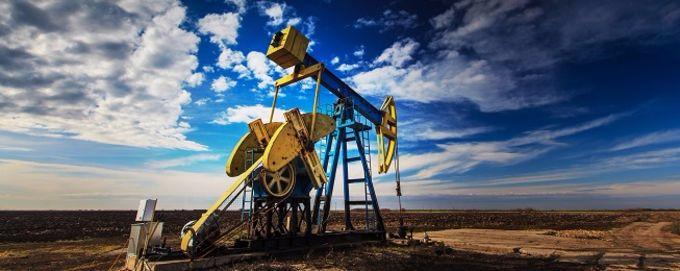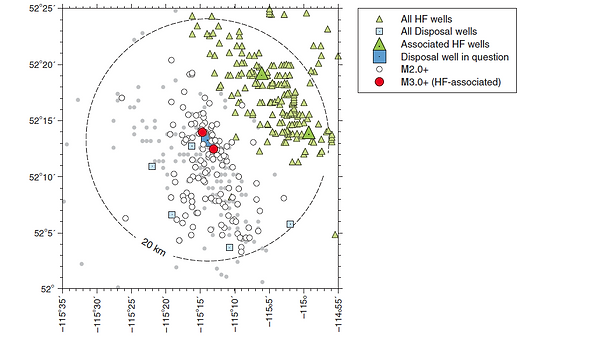
Fracturing a Better Future
Recently, there has been an explosion of seismic activity in the central United States. Without a doubt, this is attributable to injection wells used for wastewater disposal. After the fracturing fluid achieves its purpose, it returns to the surface with an abnormally high concentration of salt. The resulting fluid must be disposed of safely, with the most common practice being injection into porous formations at extreme depths. However, the injection of fluid causes stress on the formation. Once, the threshold injection rate is exceeded, seismic activity will occur in the formation. These induced earthquakes are a major concern of hydraulic fracturing, and is the reason states such as Arkansas, Ohio, Oklahoma, and Texas are seeing an increase in tectonic activity.
Although induced earthquakes tend to be much smaller (>1.0 magnitude on the Richter scale) than those occurring naturally around the Pacific Rim, they have the capability to trigger larger earthquakes with increasing regularity. For example, Oklahoma averaged 1.5 earthquakes per year of magnitude 3.0 or greater from 1950-2005, but now averages hundreds per year [11]. The Western Canada Sedimentary Basin (WCSB) also has seen an increase in its seismic activity since 2004. Not surprisingly, this increase has followed the completion of a large number disposal wells in the area. From 1985-2004, the WCSB had seen little to no seismic activity, but has averaged 7.6 earthquakes per year of magnitude 3.0 or greater over the last ten years [12]. Additionally, disposal wells have been proven to induce earthquakes of magnitude near 5.2, which cause significant damage to existing structures. To help put this in perspective, the catastrophic earthquake of 1994 in Northridge, California had a magnitude of 6.7! The best way remedy the seismic activity issue is using non-hydraulic fracturing methods, since they do not require disposal wells. Micro seismic monitoring stations reveal that when stopping fluid injection in disposal wells, seismic activity diminishes significantly or even halts completely [11]. Non-hydraulic fracturing yields the desired results in unconventional resources without the negative outcomes associated with hydraulic fracturing.


Earthquake Concerns
Increased seismic activity in WCSB [12]
Earthquakes near disposal wells [12]